the very best of Danish design at northmodern
/
northmodern provides an opportunity to see, together in one place, the huge range of furniture, lighting, tableware, kitchenware and so on that is currently produced in Denmark … the works of individual designers, the products of Danish workshops and manufacturers and the current catalogues of major design stores.
Some new young designers, like Overgaard and Dyrman and Makers With Agendas, have been discussed in other posts, so those reviews are not repeated here and obviously some major companies were not showing at northmodern this year, so, this is a personal selection of outstanding Danish design from established designers or well established companies that was shown at northmodern in August 2015 and exemplify why the Danish design industry is so strong.
Ole Palsby
Caroline and Mikkel Palsby have established their company to produce and market designs by their father but have also launched appropriate new ranges, focusing on tableware and kitchen knives, including the cutlery range ICHI.
In the early summer they opened a new studio and shop on the outer side of the lakes in Copenhagen, in Ravnsborg Tværgade, and there will be a longer profile of their studio and work on this site next month.
This is the very best of design where quality and attention to every detail is paramount and these standards are being taken forward to build on an important part of Denmark’s design heritage.
OneCollection
The furniture company Hansen & Sorensen was established by Ivan Hansen and Henrik Sørensen in 1990. They changed the name of the company to OneCollection in 2007.
They both came from a background in making and selling furniture and it is interesting to read the introduction to their company on their web site where Henrik Sørensen explains that the ”cornerstone” of their company is “our fervent passion for furniture and design - this is why we are often called furniture nerds.”
This explains, in part, their focus on Danish design history. Early pieces produced for the company were designed by Søren Holst and Henrik Tengler but in 1998 they were approached by the widow of Finn Juhl to make one of the Juhl sofas - the Model 57 - and this led them to explore and study Juhl’s archive of designs. They relaunched the Poeten sofa and then the Pelican Chair that originally had only been released in a very small run. OneCollection now holds the rights to all designs by Finn Juhl.
At northmodern they showed the special anniversary edition of the Pelican Chair and on their main stand the Nyhavn Dining Table designed by Juhl about 1950, with his award-winning Reading Chair from 1953 and a 53 Sofa.
A curious characteristic of this furniture is that if you know it only from photographs, then the impression is that it is quite large - the Pelican Chair looks almost monumental whereas in fact it is relatively compact - and by setting the furniture within a room-sized space at northmodern, defined and contained by bookcases on what would have been open sides of the stand, it showed how well the furniture would work, even in a relatively small apartment.
PP Møbler
The family-owned joinery workshop was established in 1953 and has focused on craftsmanship and developed and deliberately sustained their understanding and real appreciation of the qualities and characteristics of the timber they use to make their furniture.
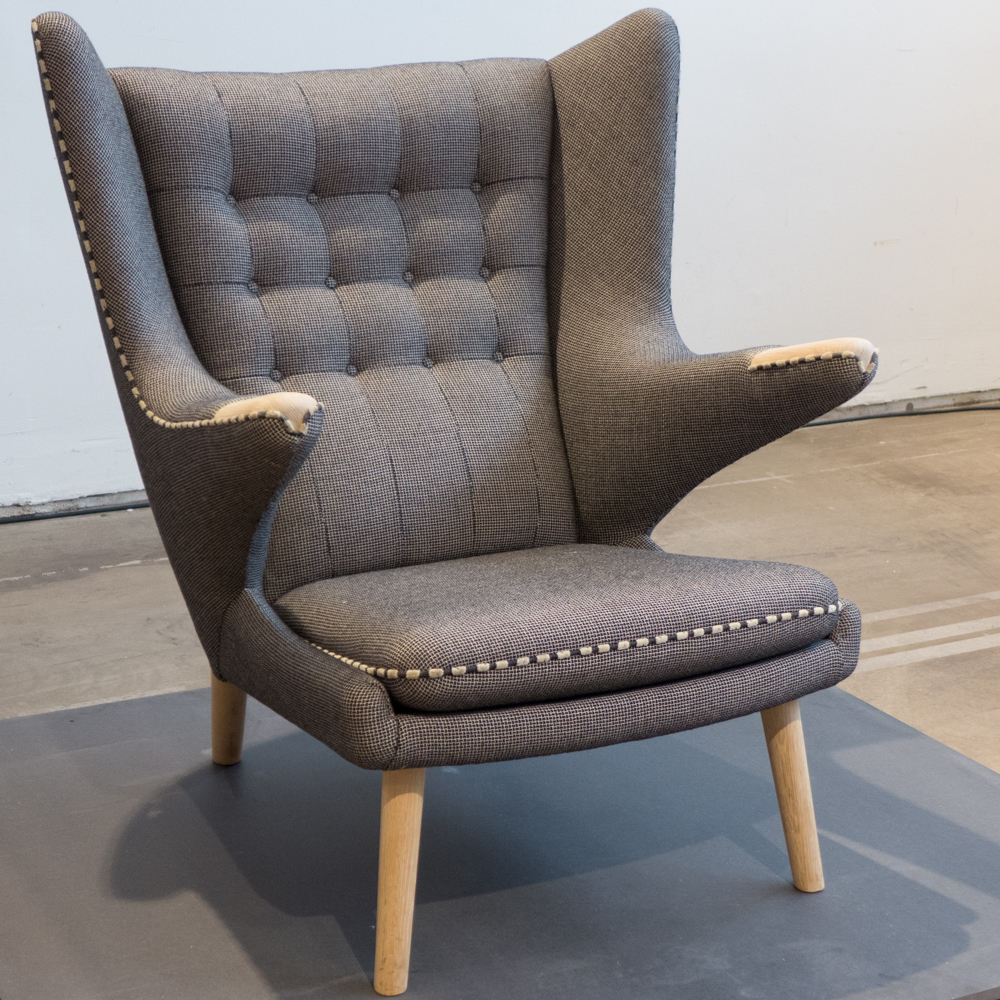
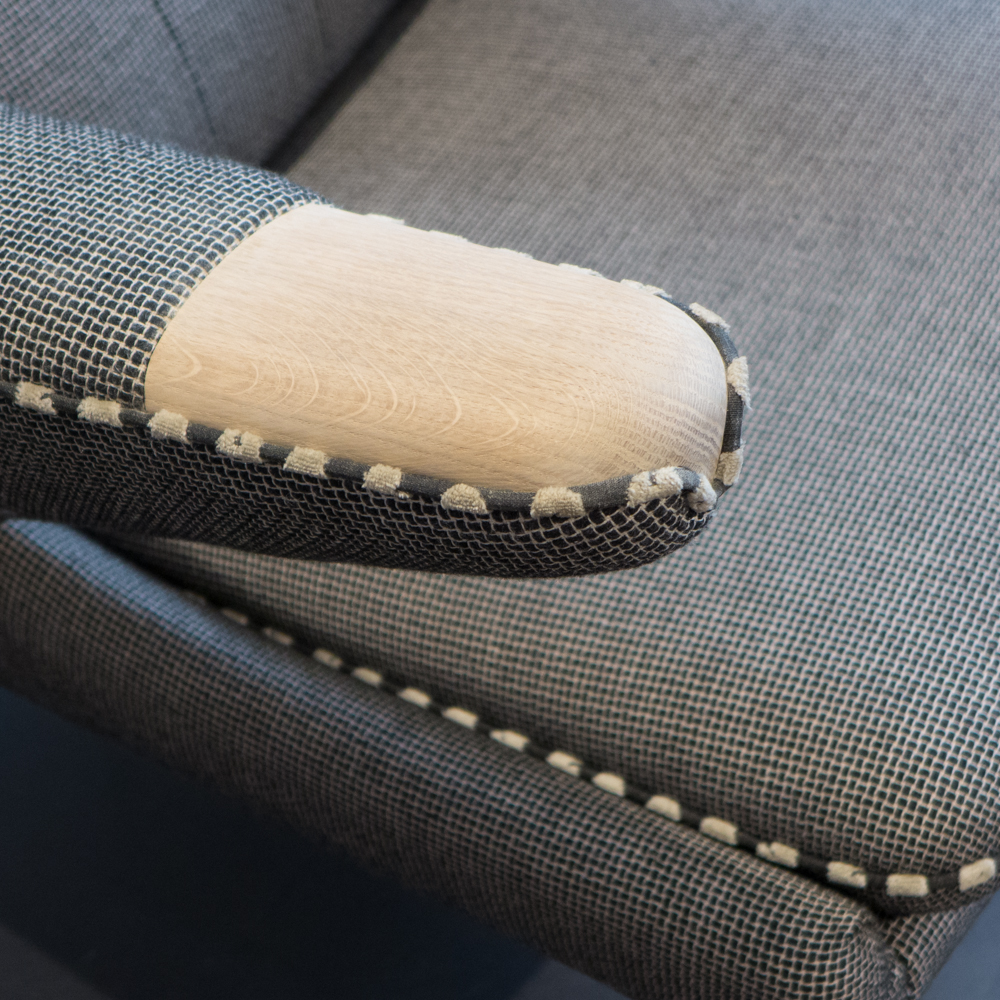
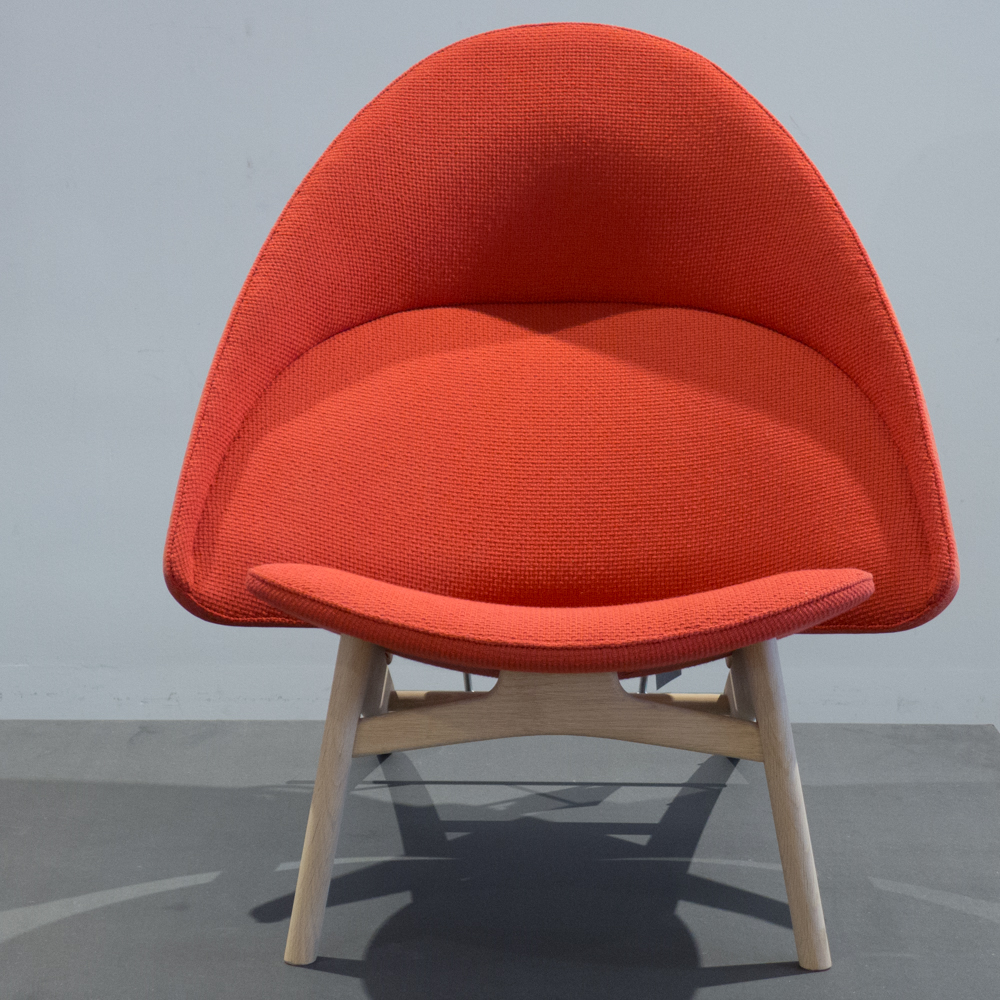
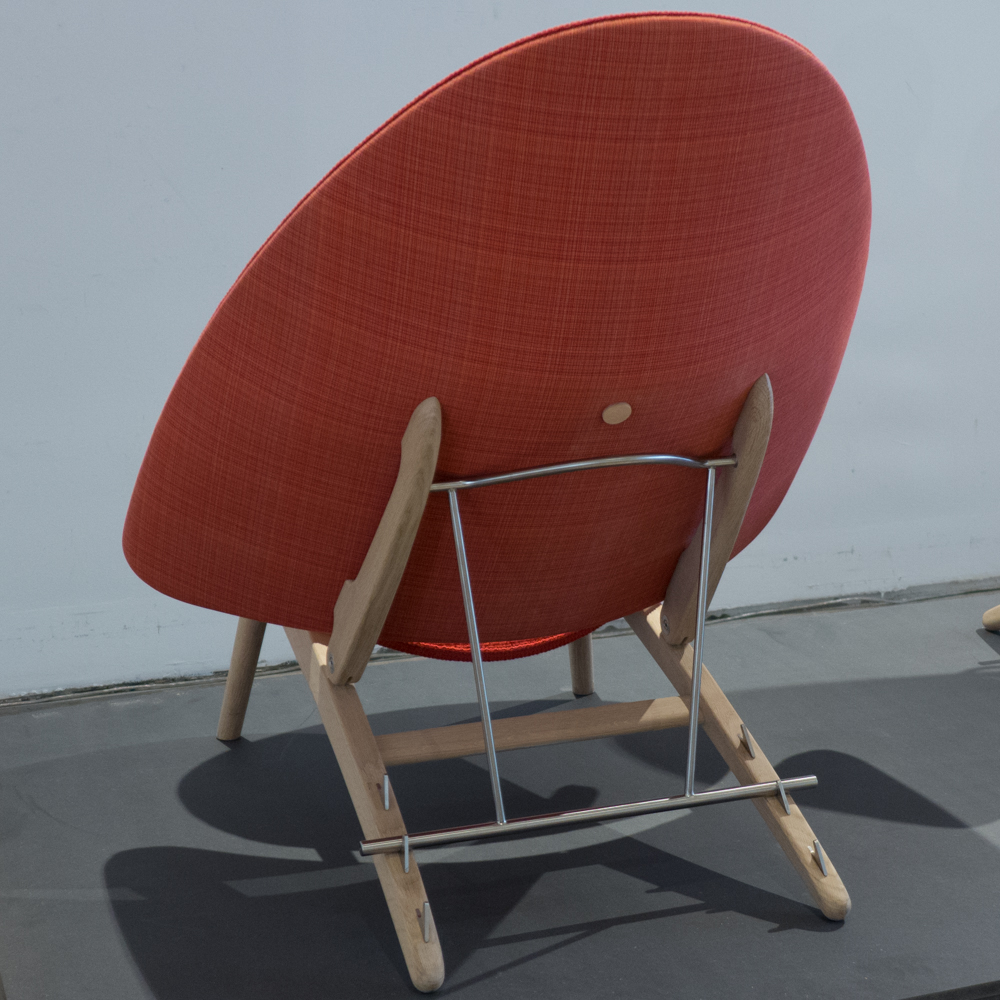

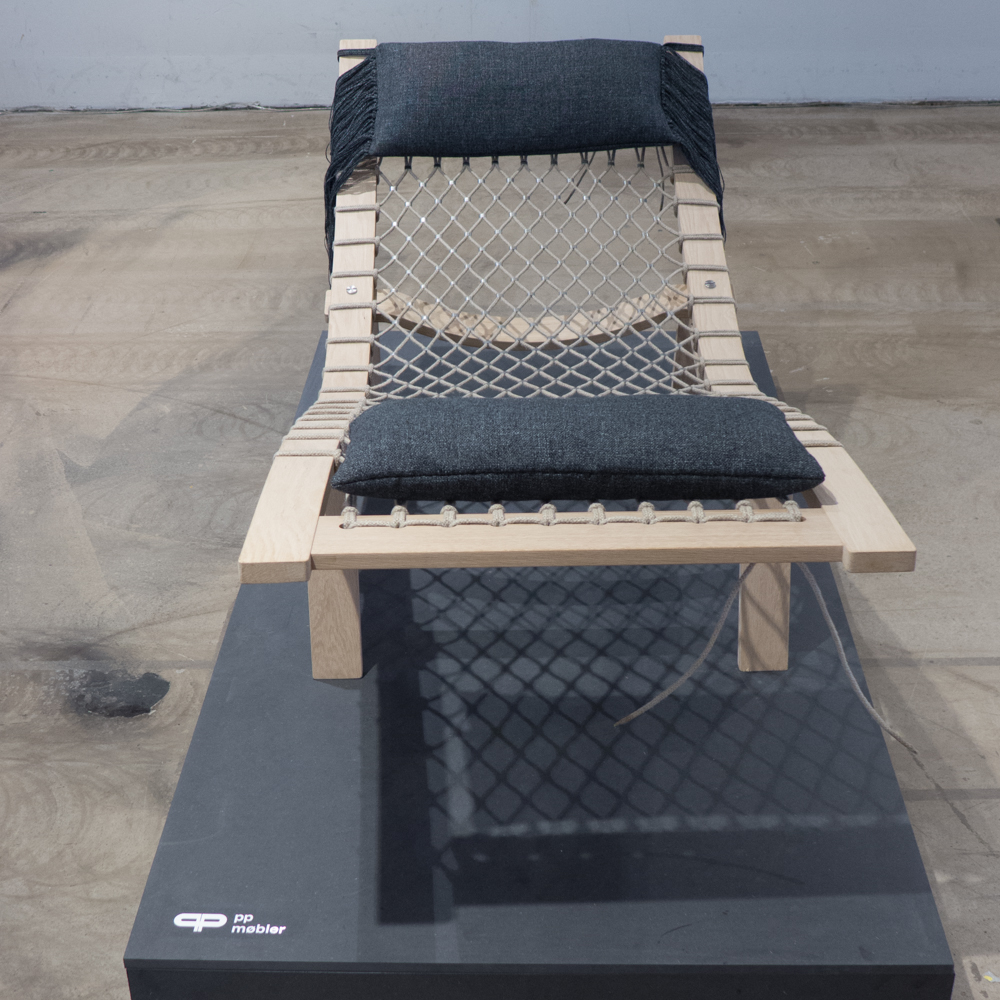

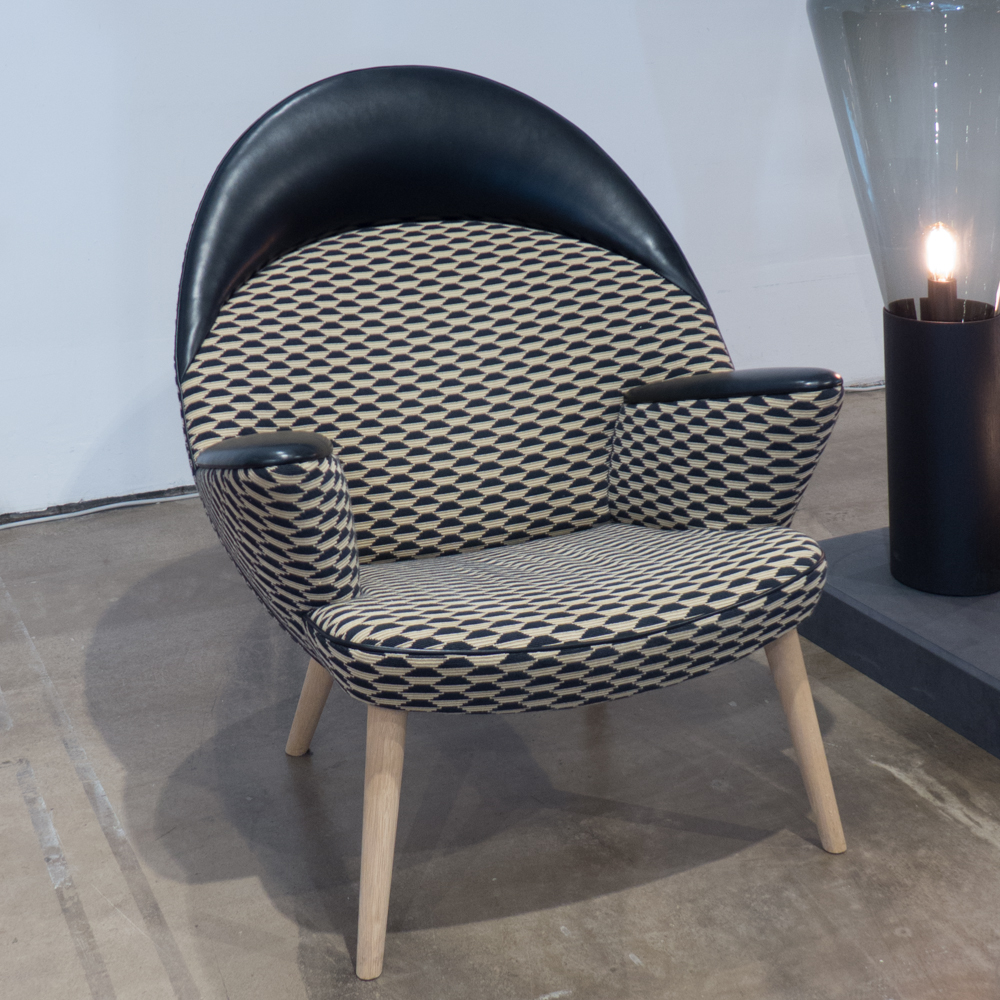
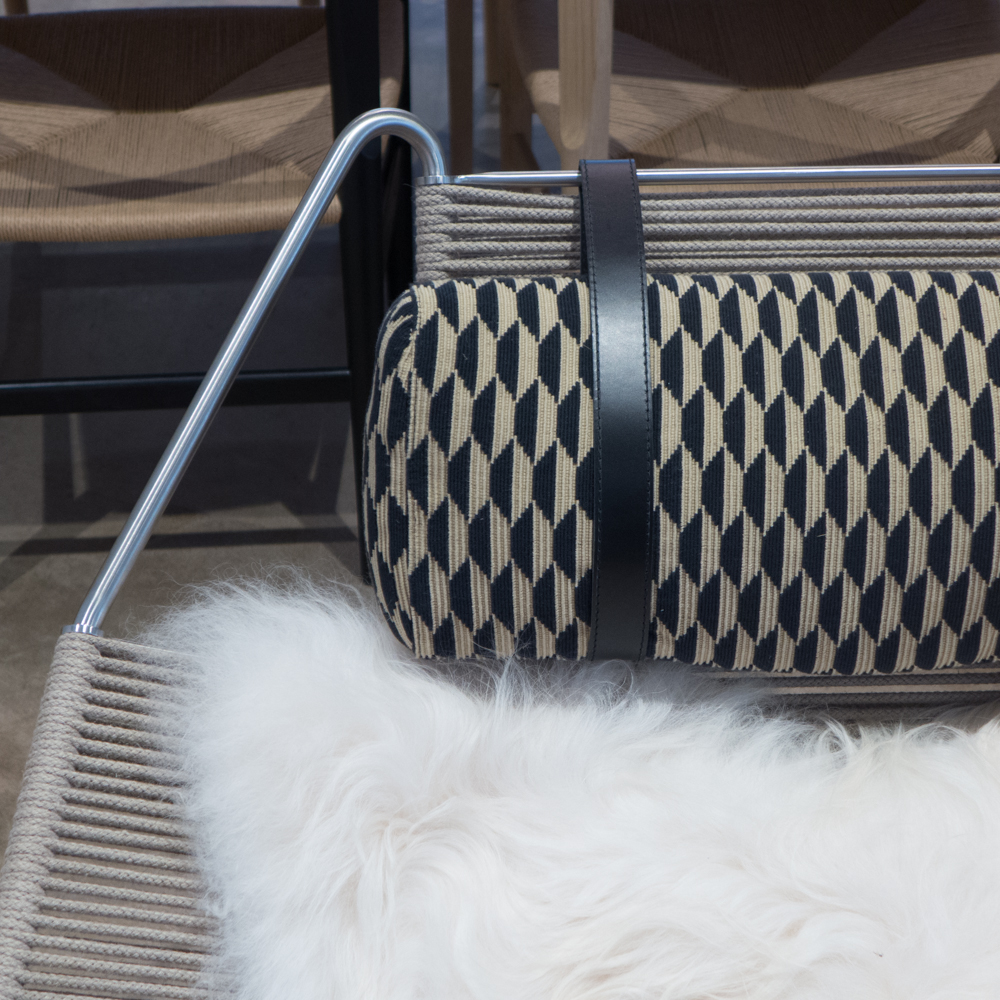
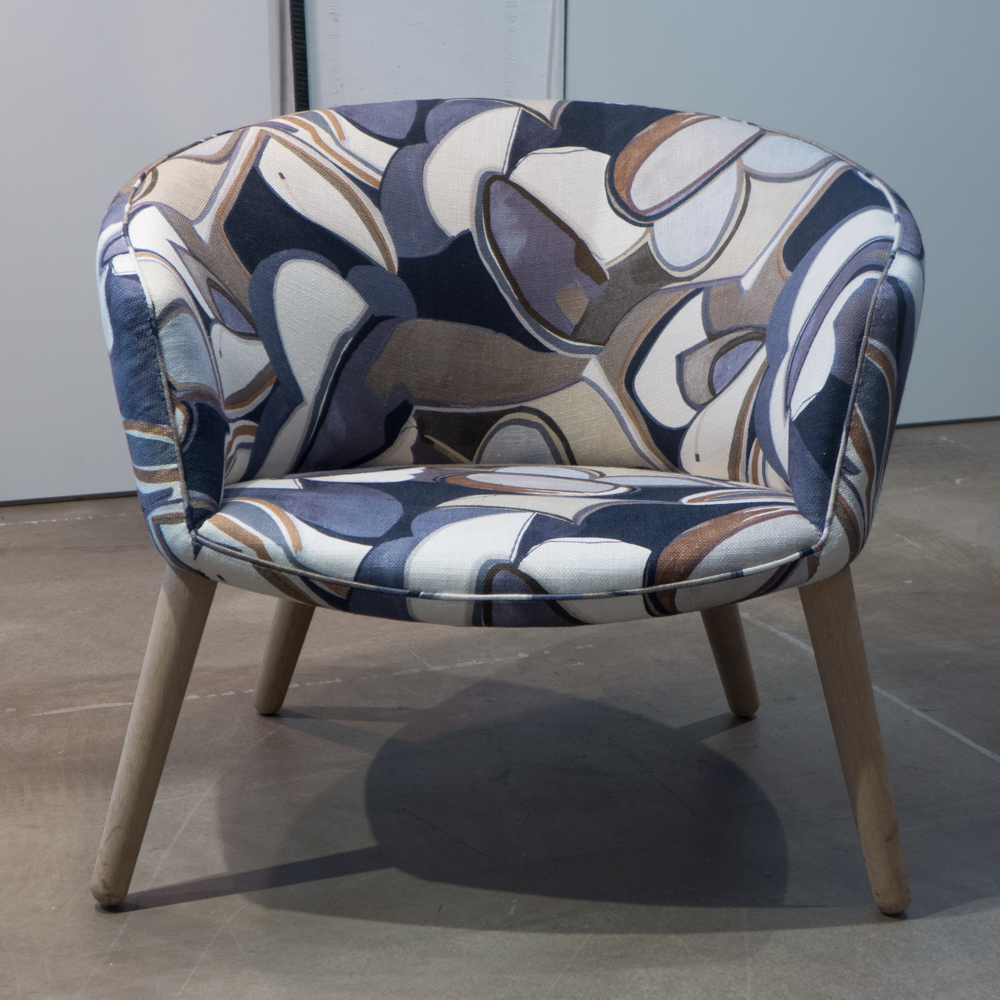
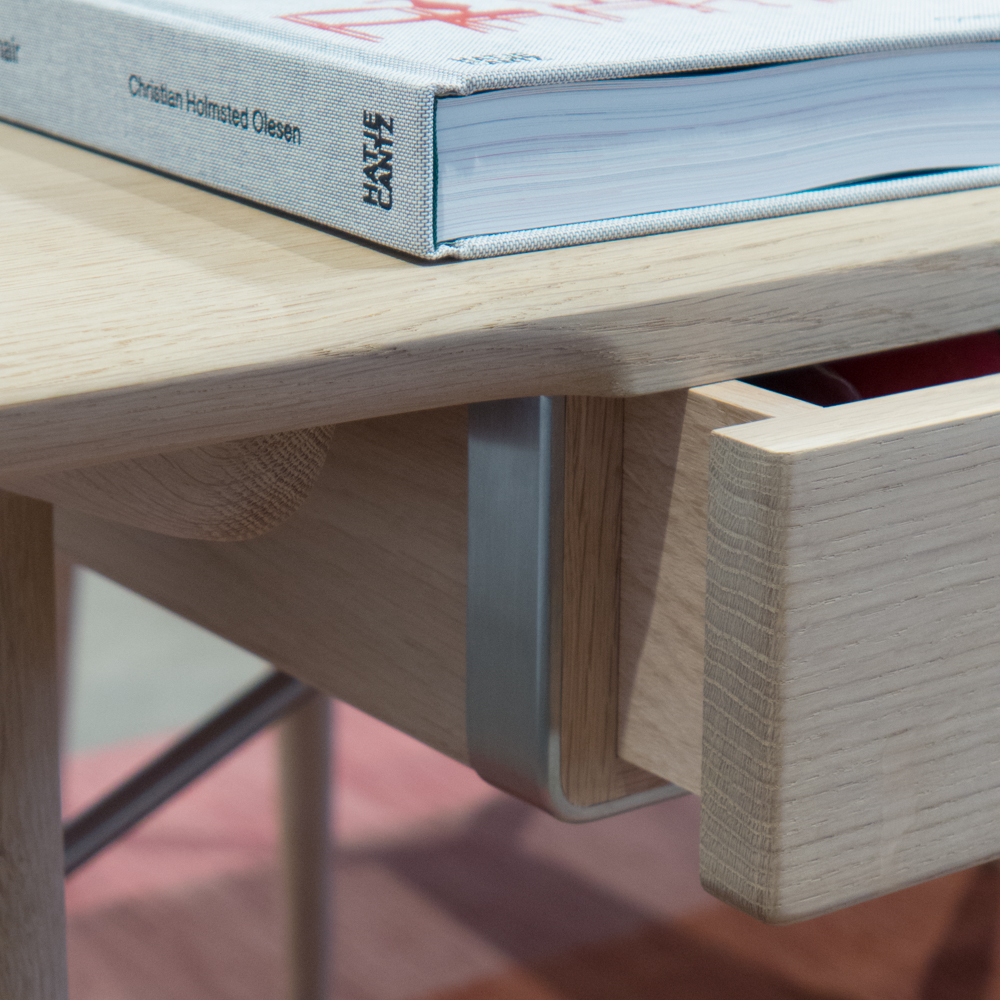
They continue to produce classic designs by Hans Wegner … pieces that are so well known that, exhibited at northmodern, they needed no labels. Upholstery and some colours or the choice of specific woods have been updated if appropriate but the construction and, more important, the quality of workmanship maintains the standards set for the original pieces.
PP Møbler do produce works by contemporary designers with furniture by Thomas Alken, Søren Ulrik Petersen and Jørgen Hoj and again it is the quality of construction, the quality of the timber used and the standard of the craftsmanship and finish that are paramount.
In the main central gallery at northmodern there was a stark and revealing exhibition, also by PP Møbler, with a line of their framed chairs designed by Wegner that visitors to the fair could try but with, in addition, a cut-through section of the back rest with a profile of the human spine to show exactly why these chairs provide support and are so comfortable.
Wegner’s criteria, when judging any chair, was that not only should it look good when viewed from any angle but that it had to be comfortable - not just in the five minutes after someone sat down but as they twisted and moved around as they ate sitting at a dining table or as they sat over a long period as they worked at a desk.
The very best designs combine aesthetic appeal with quality of production and, ultimately, with practical utility: it is not enough that a piece of furniture or an item of tableware should look good but it should be well made, the design and the method of manufacture should, at the very least, be appropriate to the material but should, if possible, exploit and enhance the natural qualities of the material and the piece should do what it was designed to do and do that well. Simple to say ... not so easy to realise.































